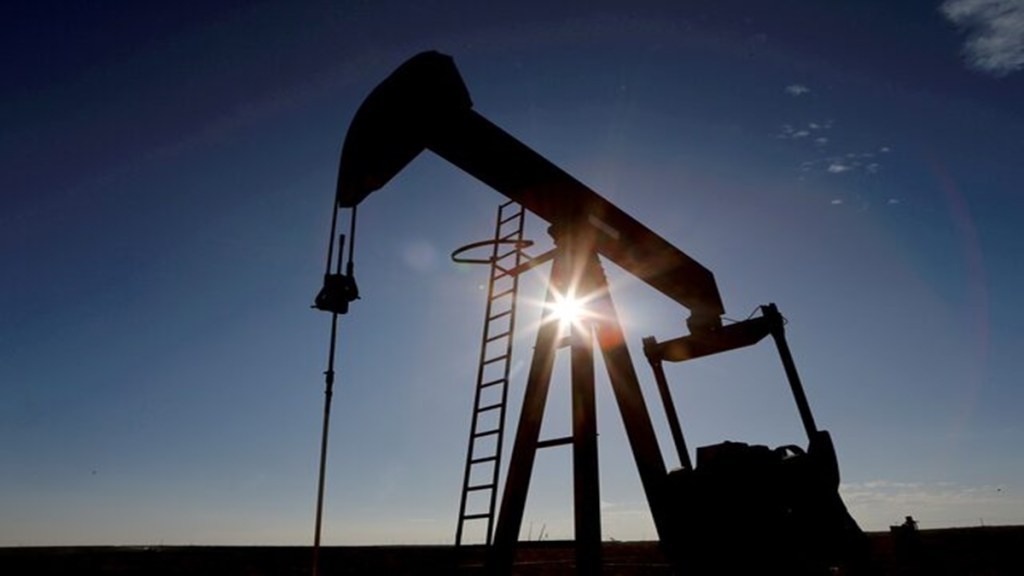Oil prices retreated after briefly hitting $81 a barrel before steadying to $67 a barrel following the US strikes on Iran’s nuclear facilities and a subsequent fragile ceasefire between Tehran and Tel Aviv. Looking ahead, they are expected to be volatile — although supplies are plentiful with the Organization of Petroleum Exporting Countries reportedly expected to raise output in August following an increase planned for July — as geopolitical tensions persist in West Asia. Signalling his concern about oil prices, President Donald Trump urged the US department of energy to “drill, baby, drill”. If this is the compulsion of the world’s largest producer, how much greater would this be for India that has an import-dependence of 88% for its requirement of oil? To bolster its energy security, India must make determined efforts to boost domestic oil production that has been steadily declining since FY12. This has been falling for various reasons including low investment due to obstructive regulations, high taxation, and declining output from old and marginal fields. The country also lacks the technological capability for deep-water exploration. There have been no major hydrocarbon discoveries of late either.
To be sure, the government is seized of the imperative of stepping up oil production by incentivising domestic producers and global giants for exploration and production (E&P) and has enacted the Oilfields (Regulation and Development) Amendment Act, 2025. Union petroleum minister Hardeep Singh Puri states that the government is committed to increasing exploration acreage to 1 million square kilometres by 2030 especially in areas previously marked as no-go zones. In the ninth round of the Open Acreage Licensing Policy, 38% of the bids were for exploration in the erstwhile no-go zones. Obviously, it will take more time before the relatively more pragmatic policy stance bears fruition. But the good news is that the state-owned Oil and Natural Gas Corporation (ONGC) drilled 578 wells in FY25, the highest recorded in 35 years, comprising 109 exploratory and 469 development wells. Its capex hit $7.2 billion. ONGC has inked a contract with British Petroleum to optimise oil recovery in Mumbai High. Private oil and gas majors like Cairn Oil & Gas plan to treble output and account for 50% of India’s oil production. Cairn has plans to invest $3-4 billion for E&P over the next five years.
Although India’s policy focus has shifted to production maximisation — which should be welcomed — higher domestic output is predicated on new discoveries. This in turn can happen with a much greater involvement of global oil majors. Puri is optimistic that India holds the potential of “several Guyanas” in the Andamans and that E&P offers investment opportunities of $100 billion. The interest of global oil majors, however, has been constrained by the challenging investment environment, including concerns regarding arbitration and compensation in case of expropriation. Foreign direct investment in petroleum and natural gas amounted to only $8.2 billion from April 2000 to September 2024. Domestic players need to be incentivised to “drill, baby, drill” in a bigger way. If taxes on revenues are 65% against a global average of 35% and costs of running operations take up another 20-25%, how much resources can be committed for E&P? A more facilitative tax regime is necessary when we need to go all in to reduce our vulnerability to volatile oil prices by improving relative self-sufficiency in domestic production over the medium term.

